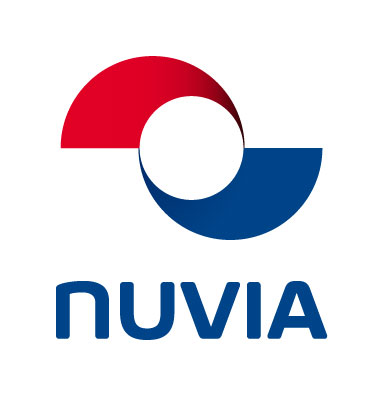Log in to our
Virtual ClassroomOnce logged in, you will get access to our online training tools we have described on the other pages on this site. Primarily our online training tools target people already in the training program with or currently working for Nuvia but will also consider special requests for other purposes.
Virtual Classroom
The purpose of the virtual classroom is not to replace our classroom training. Instead, it is an online tool to help with learning. We are all different and retain information and knowledge in different ways. You can access the member section once you log in. You will find the member pages as sub-pages to this page. Just hover over the menu item Virtual classroom, and you will see the member sections. Most member sections are generic and available for all registered users; some are looked to training for dedicated client sites and contain materials only accessible to registered users for these sites.
To access the online tools other than the example and a few tries that you can find on our public pages, you will need to be a registered user (with your username and password login). If you are a registered user, follow the login link on the left.
Provide your details email and, if applicable, employee number. An administrator will enroll you. These tools are primarily developed for people in the Nuvia training program or Nuvia employees that want to refresh and maintain their knowledge. We are planning to expand these courses and tools. Suppose you are not in a Nuvia training program or working for Nuvia but still want access. In that case, you can always justify why you want and need access, and the administrator will consider your request.
Once enrolled, you will receive an enrollment e-mail directing you to confirm your email and set your password.
Speed reading
Speed Reading helps you comprehend large chunks of material more focused and quicker. In addition, we have an integrated module for some of the text modules, and you can choose to read them as you usually would read any text or use the speed reading module.
Flashcard
Flashcards is an old-fashioned study method proven to work for many people. We have developed quite a few to help you memorize and retain information.
Micro learning
We have developed short Micro-Learning videos to address one small topic at a time.
Games
We have integrated a few interactive games such as crosswords to give you a break and test your knowledge of the site’s topics.
Quizzes
We have developed quizzes for you to test your knowledge; this is especially useful for identifying your knowledge gaps to identify focus areas.
Some fun facts about radiation
Did you know that one way of dating former living items is through radiation decay? The Carbon-14 method uses the ratio of regular carbon (carbon-12) to carbon-14 in the air and in all living things at any given time is nearly constant; the ratio of carbon-12 to carbon-14 at the moment of death is the same as every other living thing. Still, carbon-14 decays and is not replaced. The carbon-14 decays with its half-life of 5,700 years, while the amount of carbon-12 remains constant in the item. By looking at the ratio of carbon-12 to carbon-14 in the sample and comparing it to the ratio in a living organism, it is possible to determine the age of a formerly living organism reasonably precisely.
Did you know that radiation is widely used in health care?
some examples
- Radiation therapy is used in cancer treatments
- Radiation is used for sterilization
- Small doses of radiation are used in some imagining tests.
Did you as well know that Bruce Power in Ontario, Canada produces Cobalt-60, which helps to sterilize 40 percent of the world’s single-use medical devices, including sutures, syringes, masks, gloves and more? Bruce Power also produces medical-grade Cobalt-60 used in radiation-based cancer treatments and other diseases in Canada and worldwide.
The primary purpose of a Nuclear Power plant is to produce electricity.
Roughly one uranium fuel pellet, the size of a fingertip, creates as much energy as one ton of coal, 150 gallons of oil or 17,000 cubic feet of natural gas.
Imagine how much greenhouse gasses have been offset by nuclear energy production.
